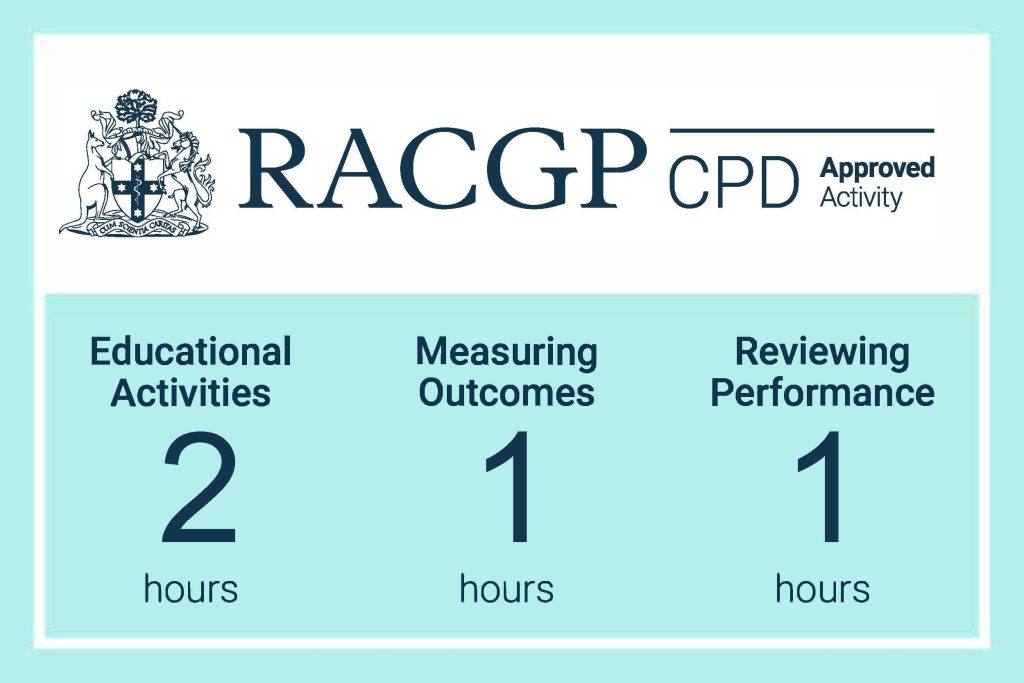Articles / Alzheimer’s blood test coming soon to Australia

Last year the US-based Alzheimer’s Association published revised diagnostic and staging criteria that define Alzheimer’s disease as a biological process which begins with changes in the brain before symptoms emerge, and state that it can be diagnosed with “accurate” plasma biomarker assays— especially phosphorylated tau 217—among other early biomarkers.
Meanwhile in November, an International Working Group of 46 experts from 17 countries reviewed all the available evidence, ultimately recommending that an Alzheimer’s disease diagnosis should primarily rely on clinical evaluation, but with support from amyloid and tau biomarkers.
However, to date, there has been no blood test for Alzheimer’s disease available in Australia outside of research settings.
But that looks likely to change, says Australian Dementia Network’s director Professor Christopher Rowe, who is also a senior researcher at the Florey Institute of Neuroscience and Mental Health and a senior clinician at Austin Health.
Australian Dementia Network is already running a trial of the pTau-217 blood biomarker test in primary care settings in Adelaide, Newcastle and north-eastern Melbourne. They’ve also put in a proposal for Federal Government funding of an Australian testing centre at the Florey NATA-accredited laboratory.
“This could make the test widely available to Australians in the short term and facilitate the processes for TGA approval and Medicare coverage,” Professor Rowe says.
While timing is uncertain, if the international landscape is any indicator, momentum seems to be increasing.
While abnormal proteins associated with Alzheimer’s disease do cross the blood-brain barrier, they have not been detectable on blood tests—until recently.
“The concentrations of these are in the picomolar range, which is absolutely tiny,” explains Professor Rowe.
“In the last couple of years, the sensitivity of instruments to detect tiny amounts of proteins in the blood have improved, and that has translated into us now being able to detect these proteins in plasma.”
He notes that while several abnormal taus develop in Alzheimer’s disease, the most accurate blood test we have is the assay for plasma phospho-tau 217 (pTau217).
The test has high positive predictive value for Alzheimer’s disease in patients with early symptoms and signs of cognitive impairment, Professor Rowe says.
“We’ve compared the blood test with amyloid and tau PET scans and with lumbar puncture fluid analysis, and we now know that they’re over 90% correct in identifying when there’s a significant amount of amyloid or tau in the brain.”
The current approach to diagnosing Alzheimer’s disease “is only 70% accurate when you compare it to actual findings of post-mortem or on PET scans or lumbar puncture. So at the moment, 30% of people that get told they’ve got Alzheimer’s disease don’t actually have it,” Professor Rowe says.
Given the blood test’s sensitivity is 90% — with “a big study in Sweden showing 92% accuracy in primary care and in secondary care” — there’s significant potential to improve diagnosis, Professor Rowe says.
Currently, there are considerable gaps between symptom onset and diagnosis.
“It’s estimated there’s a three-year delay between patients and their family noticing that somebody’s developed a memory problem and getting a diagnosis. We really want to reduce that; get people seen when they’re less cognitively impaired,” he says.
Earlier diagnosis could help patients benefit more from emerging treatments like amyloid monoclonal antibodies, as well as existing interventions like exercise, cognitive stimulation and tight blood pressure control, Professor Rowe says.
The test is for use in people who are already experiencing symptoms.
It’s not recommended for routine population screening, Professor Rowe stresses, because it will give some false positives in asymptomatic patients — which could lead to needless anxiety and expensive follow-up investigations.
Testing asymptomatic people could also cause unnecessary distress since symptoms may not develop for years, he adds.
“A person can remain cognitively normal for 5-20 years after amyloid is detected, depending on how much amyloid and tau is present and factors such as cognitive reserve and resilience,” Professor Rowe says.
Dr Marita Long, a GP, Clinical Associate Professor at the University of Tasmania’s Wicking Dementia Research Education Centre and medical advisor for Dementia Australia also emphasises this point.
“We know that people die with Alzheimer’s pathology without cognitive change. So this is not a screening tool. This is for people with symptoms, but the dilemma is how do we better support primary care to identify patients with mild cognitive impairment and early dementia due to Alzheimer’s disease,” Dr Long says.
Professor Rowe hopes the blood test will help GPs investigate “complaints from the patient or family of cognitive or memory decline sooner, rather than putting it off until the situation becomes more severe.”
“The large Swedish study showed that a GP with a blood test was as good as a specialist with a blood test, and considerably better than either without the blood test.”
The Australian Dementia Network is trialling the test with 90 GPs to see if it improves GP diagnostic accuracy in Adelaide, Newcastle and north-eastern Melbourne, he says.
Preliminary results of this study show the waiting time for someone with memory problems to see a specialist after GP referral is up to a year in major urban centres, he adds. “So we’ve got a real problem with dementia specialist numbers and access in Australia. If we can build the capacity of GPs to diagnose and manage these patients without specialist assistance in the first instance, patients will get the benefits of earlier diagnosis.”
Potential challenges
An article in The Lancet said potential challenges of implementing blood biomarker testing for Alzheimer’s disease in primary care include:
Dr Long expects the main challenge will be the case-finding.
“Having a test to support a more timely diagnosis of MCI or dementia due to Alzheimer’s disease will make a significant difference,” Dr Long says.
“I think the difficulty will be finding patients who have mild cognitive impairment or subjective cognitive concerns or early dementia – that’s the sticking point here,” she says, noting that dementia is under-detected in general practice, often not diagnosed until moderate to late stages.
Early identification of symptoms is key
“So we’ve got to try and figure out a way to support GPs to get more attuned to finding the patients who may have early dementia — and even harder is mild cognitive impairment,” Dr Long says.
Professor Rowe agrees. For this reason, the Australian Dementia Network study requires GPs to watch a 45-minute educational webinar on mild cognitive impairment and Alzheimer’s disease and complete a brief survey before they can administer the blood test, he notes.
Dr Long suggests using a tool such as CogDrisk to identify people at risk, and then consider asking them, ‘How’s your memory going?’ ‘How’s your thinking?’ ‘Have you noticed any changes?’ ‘Do you want to ask about those?’
“If we can identify those at risk and keep an eye out for any early cognitive change, then we can hopefully identify patients who may benefit from these tests,” she says.

Menopausal Hormone Therapy - What Dose of Estrogen is Best?

Cardiovascular Benefits of GLP1s – New Evidence

Oral Contraceptive Pill in Teens

RSV and the Heart


Modified but kept in place
Eliminated entirely without replacement
Maintained as is
Completely replaced with an alternative system
Listen to expert interviews.
Click to open in a new tab
Browse the latest articles from Healthed.
Once you confirm you’ve read this article you can complete a Patient Case Review to earn 0.5 hours CPD in the Reviewing Performance (RP) category.
Select ‘Confirm & learn‘ when you have read this article in its entirety and you will be taken to begin your Patient Case Review.
Menopause and MHT
Multiple sclerosis vs antibody disease
Using SGLT2 to reduce cardiovascular death in T2D
Peripheral arterial disease
